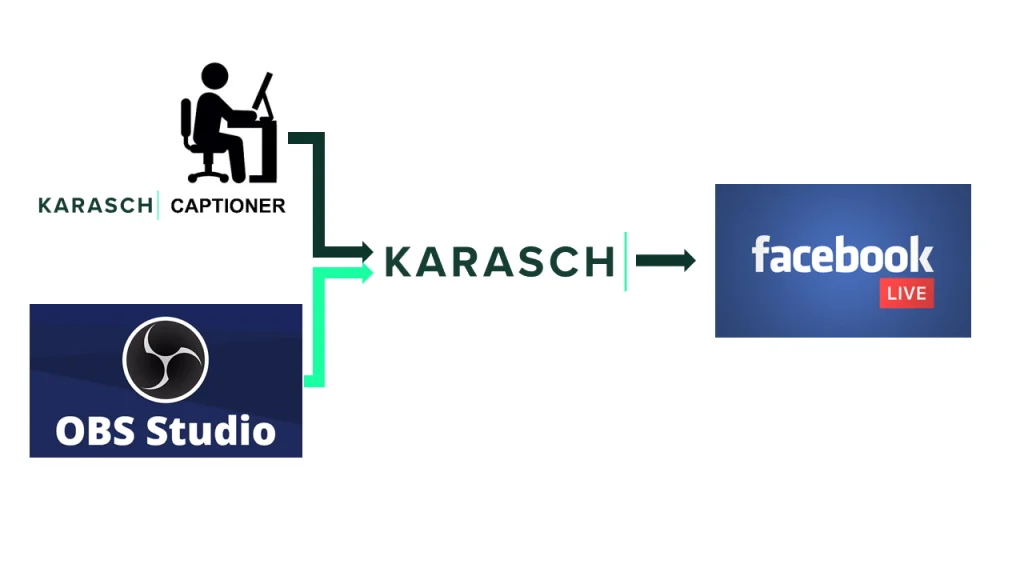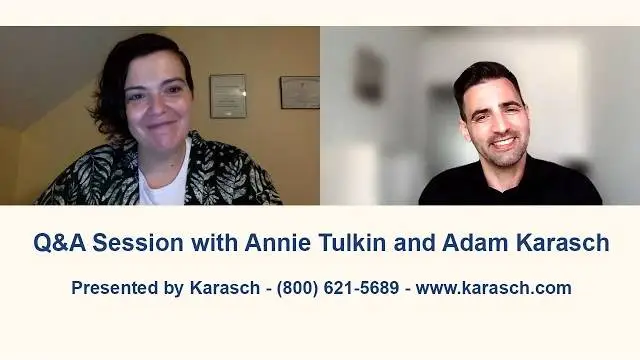Seeing Really Is Believing: Compelling Court Presentations Make Dollars and Sense
Philadelphia, PA, January 30, 2009 – Today’s technology is spreading fast and becoming widely accepted in courtrooms throughout the U.S. The most common use of video in the legal profession today is the documentation of depositions for later use in court. The strength found in courtroom presentations that utilize video testimonies and “day-in-the-life” videos is convincing and continues to influence case outcomes. Using video offers credibility to jurors by letting them see an individual speaking instead of just hearing it read from a transcript.
Table of Contents
Seeing Really Is Believing
Compelling Court Presentations Make Dollars and Sense
Taking time to develop your deposition is an important step toward winning your case. “Gathering and preparing facts and evidence that support your case is the first step. What makes that evidence come to life is how it is presented in the courtroom”, says Henry Karasch of Karasch & Associates, a litigation support firm specializing in video presentation. “Transcripts provide facts; video reinforces those facts and takes your case to the next level.”
A recent case in Camden, NJ was presented in the courtroom both with and without video technology. While opposing counsel merely read testimonies and case evidence from a transcript, the plaintiff’s court representatives strengthened their case by presenting video testimony from witnesses. When the same witnesses were brought into the courtroom, their live testimony stories were different from what the jurors had previously seen on video. The jurors, in interviews taken after the case concluded, pointed to the video-taped testimony as key evidence in helping them decide their verdict. This evidence resulted in a ruling in favor of the plaintiff, to the tune of $1.25 million.
“Day-in-the-Life” videos are another common and powerful use of video technology in the legal profession. The purpose of these videos is to portray the damages an individual has sustained due to the incident addressed in the lawsuit. The video provides an actual account through visual representation of how the plaintiff’s life has changed because of the incident and the injuries that have resulted. Video has proven to be a powerful tool in clearly communicating life-altering events.
Video in the courtroom is not intended as a substitution for transcripts or court reporting. All case evidence, documents, and testimonies are recorded in the same manner, regardless of whether or not video technology is used. “Words are taken and preserved, however by adding video to enhance testimony you can show facial expressions, mannerisms, and injuries that would not be evident using only basic transcription.” – Henry Karasch
Karasch & Associates, independently owned and operated throughout the United States, provides a full spectrum of litigation support services, including specialized court reporting and legal video.
Our Latest Resources
Request A
Call Back
Request A Call Back
Do you have additional questions?
Click here to meet your dedicated Client Relationship Manager.


